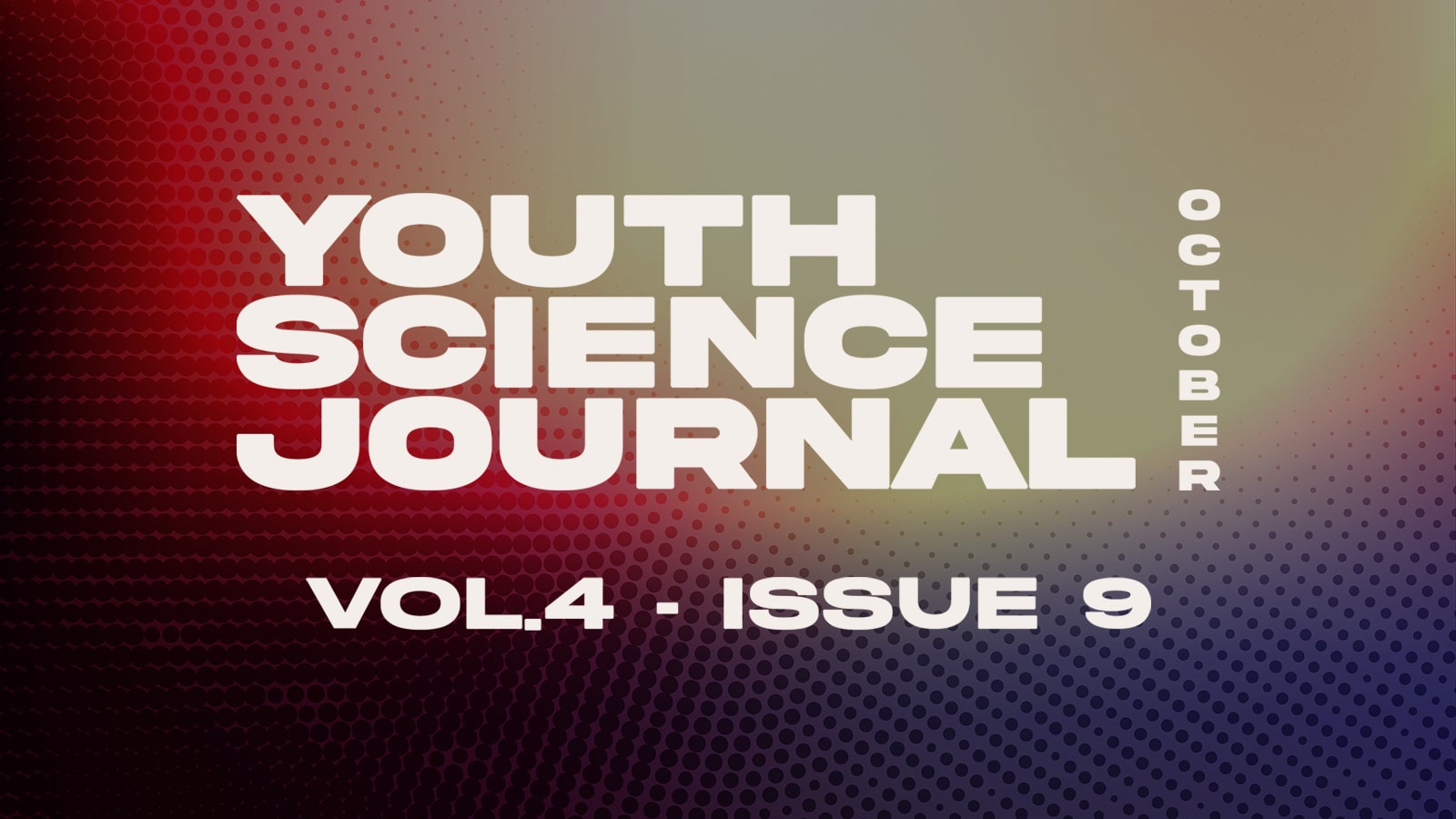الملخص
Islamic visual art is well known for using simple geometrical shapes in infinitely repeatable patterns in a process called tessellation. However, it did not use any type of living thing as tiles (basic units in tessellation). This paper reviews the two major characteristics of Islamic visual art that make it detectable and attractive: symmetry and tessellation, investigating the properties that make them essential in this type of art. First, an overview of Islamic visual art and patterns is presented, discussing some of the basic features of these patterns. Then, an overview of symmetry, its types, and plane symmetry groups is presented, discussing their mathematical properties. And similarly, an overview of tessellation and its types is presented. Finally, the aesthetic preference for symmetry is discussed, considering its psychological effect of it on detecting and memorizing Islamic patterns. It can be concluded that Islamic visual art is special because of its use of symmetry in almost all its artworks.

